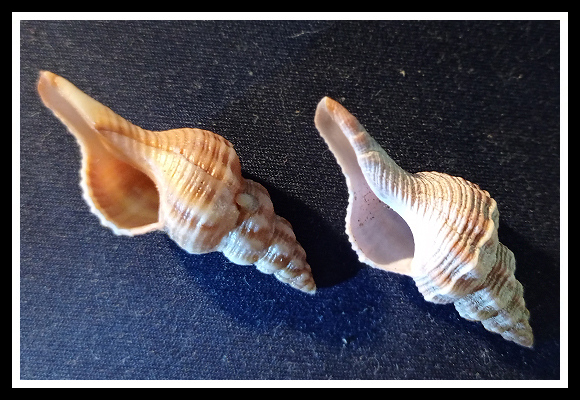(Olivi, 1792)
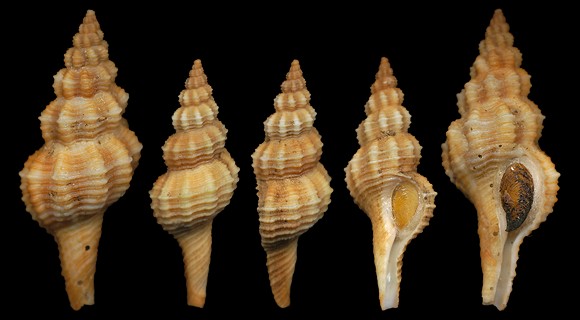
NW. France (alien) to Canarias, Mediterranean, especially in the northern half of the Adriatic and in the Tyrrhenian basin. Predator in the infralittoral down to the continental shelf and slope, on various sedimentary bottoms. Original taxon: Murex rostratus. There are more than 70 identified synonyms, including bengasiensis, carinulatus, dalpiazi, fragosus, gigliolii, locardi, kobeltianus, strigosus… – Above: the brownish-yellowish variant from the northern Adriatic: trawled off Chioggia, Venezia, NE. Italy. 32-38mm.
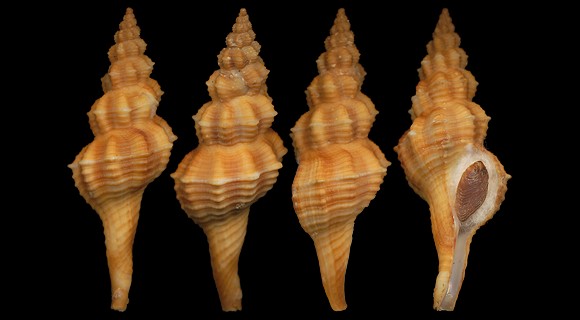
There are numerous morphs, each of them being easily separable from the others. But all share a constant feature: « the presence of secondary cords, regularly spaced between the primary ones » (Russo, 2014). – off Chioggia again, 44mm. The N. Adriatic variant can be carinate as well as acarinate.
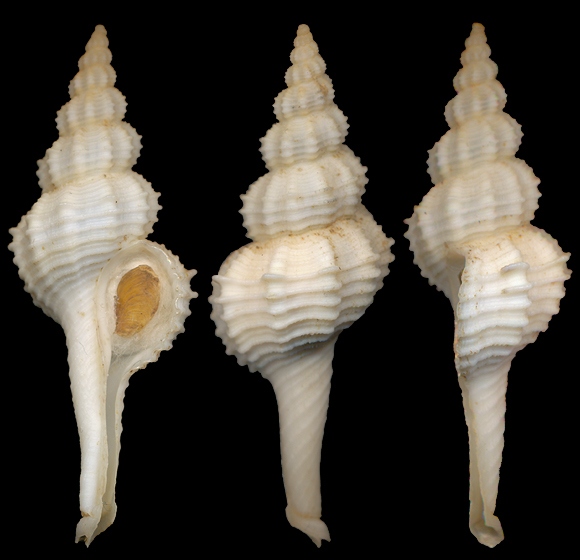
500m deep, off Anzio, Lazio, W. Italy. 45mm.
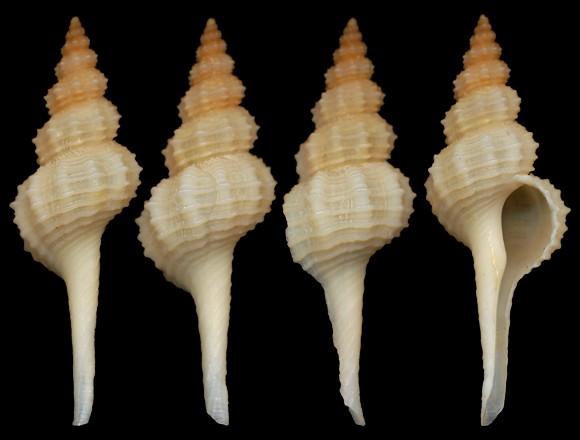
100-180m deep, off Savona, Liguria, NW. Italy. 38mm.
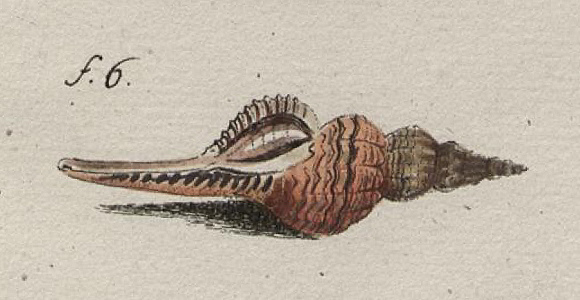
Reisen in verschieden Provinzen den Königreischs Neapel vol. I, Zürich & Leipzig, 1793, plate VII.
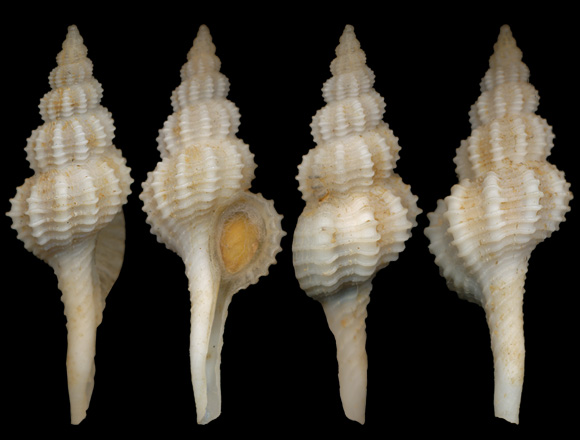
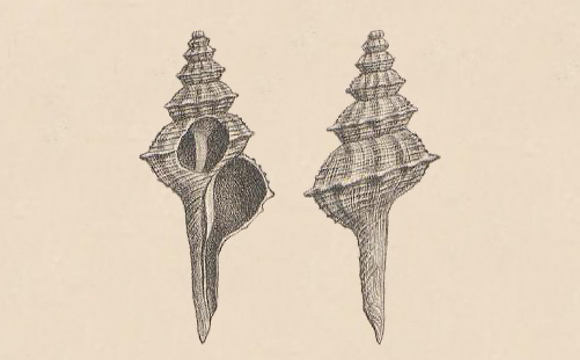
Fusus bengasiensis in R. Sturany: “Zoologische Ergebnisse VII. Mollusken I gesammelt von S.M. Schiff ‘Pola’ 1890-1894”, Denkschriften der Kaiserlichen Akademie… / Berichte der Commission für Erforsehung des östlichen Mittelmeeres, pl. I.
« A keel, which protrudes strongly at the lowest whorls, runs slightly below the middle and forms flattened extensions from top to bottom wherever it intersects the sparse transverse costae. Their number depends on that of the latter, that is, 6 on the last turn and 8-9 on the rest. Above and below the keel run in a greater number of spiral ridges, just as in Fusus rostratus , in thickness (strength) somewhat variable, but not scaly, only faded. […] At first sight, the morph here described may well be considered as a variety of Fusus rostratus Olivi, but this interpretation would not be justified in regard of the keen, exorbitantly sharp peripheral keel. »
« A keel, which protrudes strongly at the lowest whorls, runs slightly below the middle and forms flattened extensions from top to bottom wherever it intersects the sparse transverse costae. Their number depends on that of the latter, that is, 6 on the last turn and 8-9 on the rest. Above and below the keel run in a greater number of spiral ridges, just as in Fusus rostratus , in thickness (strength) somewhat variable, but not scaly, only faded. […] At first sight, the morph here described may well be considered as a variety of Fusus rostratus Olivi, but this interpretation would not be justified in regard of the keen, exorbitantly sharp peripheral keel. »
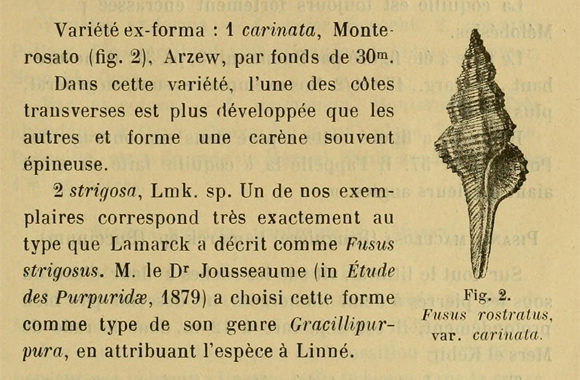
The variant “carinata” Monterosato in P. Pallary: “Coquilles marines du littoral du département d’Oran”, Journal de conchyliologie vol. XLVIII num.3, Paris 1900, p.267. In fact, the form “bengasiensis” Sturany is merely an extreme “carinata”.
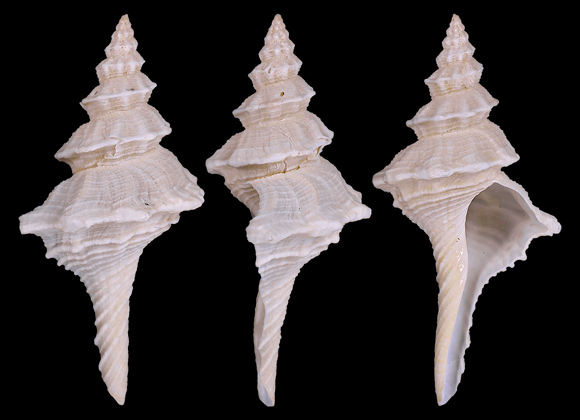
– (CC BY-NC-SA) –
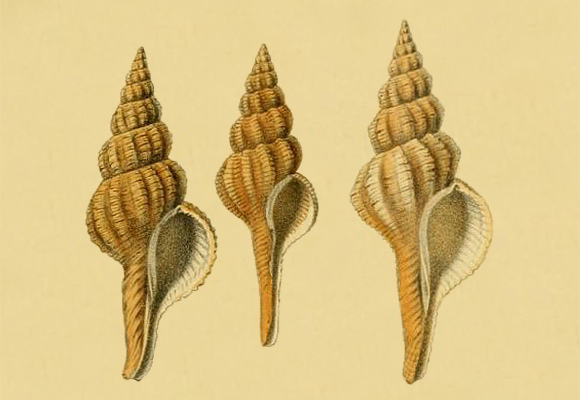
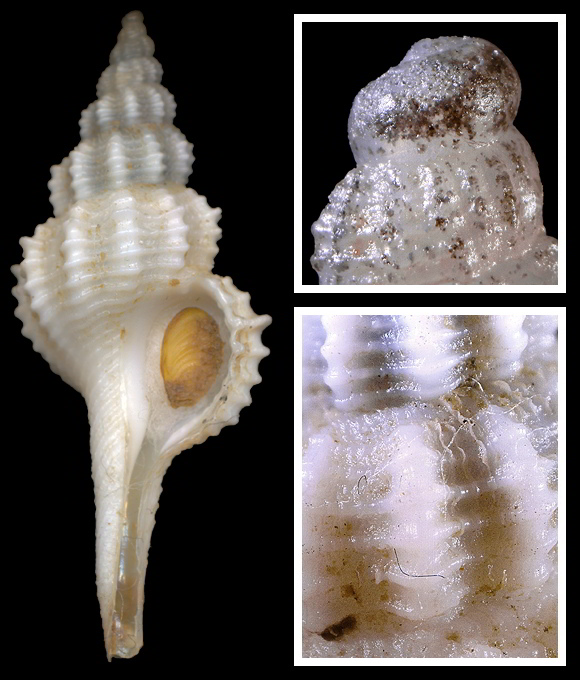

Original pictures provided by N. Lete (HR).
– (CC BY-NC-SA) –
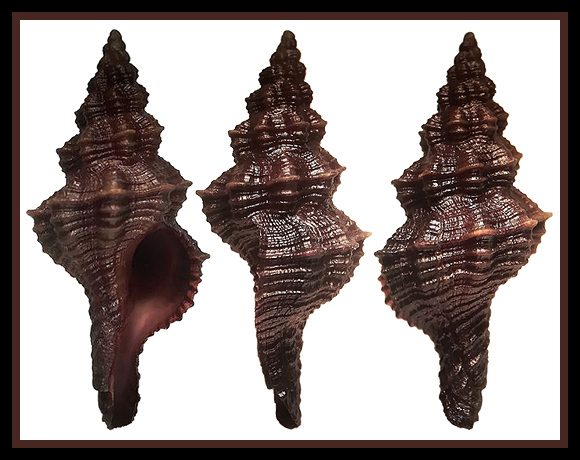
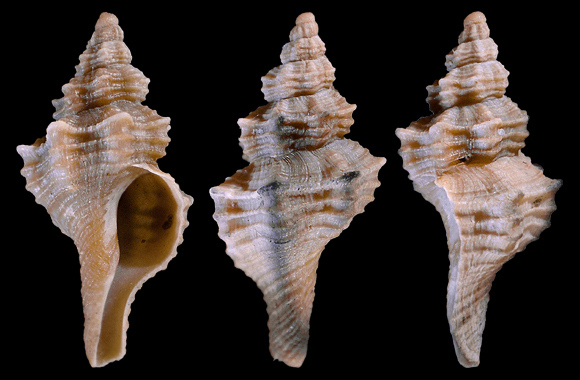
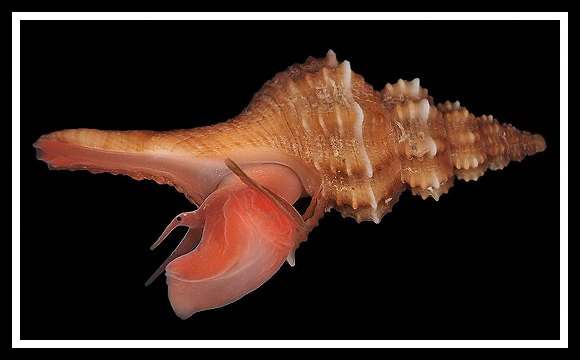
Original pictures provided by R. Stanić (HR).
– (CC BY-NC-SA) –
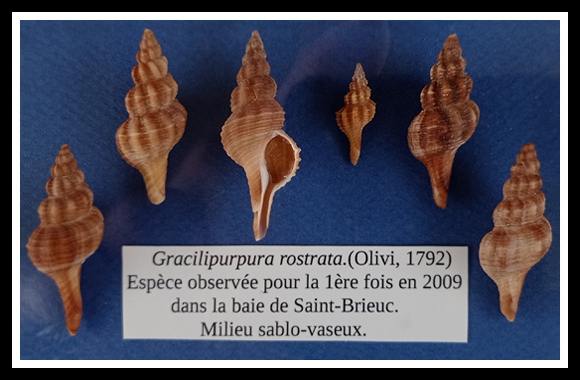
M. le Quement’s didactic showcases, ACO, AFC (FR).
« Muddy sands. »
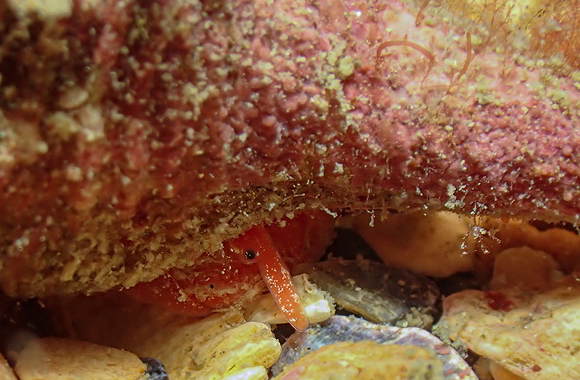
Original picture provided by P. Corbrion for iNaturalist.
– (CC BY-NC-SA) –
